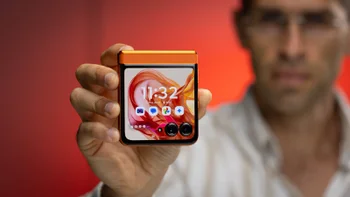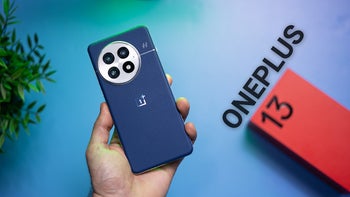How to take better night photos with any smartphone

We hope you'll agree with us when we say that night photos can be pretty impressive. There's something unique about the warm glow of lights and scenery against the black, contrasting sky. The thing about night photos, however, is that most smartphones aren't very good at taking them, which is why we though we'd give a few tips on night-time photography with a smartphone.
Hold your phone as still as possible
Here's something that inexperienced photographers rarely take into consideration. The key to taking an immaculate night photo with a smartphone is to hold the device as still as possible. You see, there's this thing called exposure time – the time during which light is captured by the camera to produce a photo. In daytime, exposures are short, usually under a thousandth of a second, but at night, when light is scarce, the camera software needs to set a much longer exposure time. Even a slight movement of your hand during this brief period may produce a blurry photo. Phones with image stabilization are less vulnerable, but not immune to this effect.
A way to eliminate the chance of ending up with a shaky photo is to find support of some kind – hold your phone against something still and solid, like a table, a bench, or whatever is around. It should make a difference. And if you're really serious about the quality of your photos, consider getting a tripod made especially for smartphones.
A timer might help
As we already stressed, shaky hands and night-time photography don't fit. But even if you're blessed with rock-steady hands, there's still a chance of introducing some blur to the image when pressing the shutter button. Today's phones are really quick at taking photos and exhibit little to no shutter lag whatsoever. Because of this, the act of pressing the button itself might result in a slight movement of the phone being used. A way to solve this is to enable your camera app's inbuilt timer. A 2-second delay should do.
Try using your phone's Night Mode
Most modern smartphones have a night mode built into their camera apps, and those phones that don't may take advantage of a third-party camera app. Enabling the mode isn't a silver bullet – it might produce better night photos, it might make them worse, or it might make no difference at all – but nevertheless, giving it a try won't hurt. Give it a go and see how your phone behaves with and without the Night Mode enabled.
Don't use your flash from too far
Most of today's phones come with a built-in flash consisting of one or two LED lights. Some camera-centric models, such as the Nokia Lumia 1020 or the Samsung Galaxy K Zoom have xenon flashes, which are even better because they output more light. But even the brightest, most powerful flash ever put on a smartphone is useless if it is fired from too far. In fact, a 2-fold increase in the distance between the camera and the subject results in a 4-fold decrease in the amount of light that hits it. The opposite is also true – if you're too close to the subject and the flash is on, the amount of light in your photo will probably be overwhelming. The optimal distance for flash use varies from one phone to another, but you should be okay if you're within 2 to 7 feet (0.6 to ~2 meters) from whatever or whoever you're taking a photo of. Needless to say, using your flash at distant objects and scenery shots is pointless.
So there you have it! If you follow these simple guidelines, you should be able to take better photos at night and low-light situations. Have any tips of yours that you'd like to share? The comments section below is all yours! Also, here's a selection of night photos that we've taken recently using smartphones acclaimed for their cameras.
Like this post? Here's a few more of our camera-related articles
Follow us on Google News

















Things that are NOT allowed:
To help keep our community safe and free from spam, we apply temporary limits to newly created accounts: